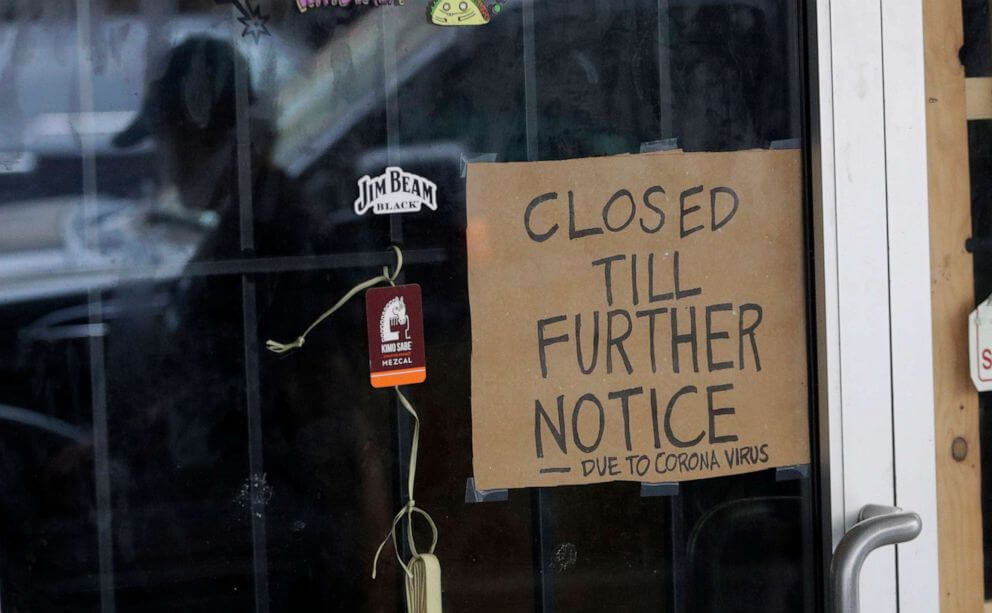The commercial eviction process in California

Transitioning tenants out of commercial space is not particularly different from the eviction process for residential tenants, but there are several nuances and considerations.
On the upside, there are no "just cause" reasons to evict. If a residential unit is subject to rent and eviction controls, the landlord cannot evict without the occurrence of one of the enumerated just causes spelled out in state law or local ordinances.
Contrast this with commercial evictions
Commercial property owners can evict tenants for breaching the terms of the lease. These breaches run the gamut but the lion's share of commercial eviction actions arise from rent defaults.
Removing a commercial tenant can be a lengthy and costly endeavor, so this decision should not be taken lightly.
Bornstein Law has always told our clients who own residential buildings that the biggest variable to our success is which attorney the tenant gets and how hard they fight, and this is all the more true with commercial evictions. Businesses and organizations may have formidable resources to contest an unlawful detainer in court.
Once there has been a careful review of the lease and a meticulous payment ledger has been prepared, here are the carefully choreographed steps of evicting a commercial tenant.

Draft a 3-day notice
This warns the tenant of impending legal action if the tenant fails to pay rent or will not remedy the lease violation.
This notice must include the amount of rent due and the name and address of the person to whom payment can be made, along with a statement regarding forfeiture of the lease if payment is not received within three days of the notice.

Proper service of the 3-day notice, whether personally or by substitute service
If it is impractical to personally serve the tenant, the notice can be left with someone over the age of 18 at the premises, with an additional copy mailed to the tenant. If this cannot be accomplished, the notice can be posted in a prominent location at the property and, once again, a copy mailed to the tenant.
"Effective dates" of the notice can be tricky. If the tenant is served in person, clearly, the effective date is three days, but if there are other means of service - through the mail, for example - the best practice is to add another five days.
If the tenant pays the rent in three days, the matter is done.
Caution is urged, however, if only a partial payment is made. Whether to accept a partial payment or decline to do so is a decision best approached by an attorney and it may also depend on what is included in the three-day notice.
Even after the notice was properly served, we're not done. The landlord must complete a "Proof of Service" form to show the court that the 3-Day Notice was indeed served.

File an unlawful detainer action
If the tenant has failed to pay rent or remedy another breach of the lease within the prescribed period, an unlawful detainer (eviction) action can be filed with the assistance of Bornstein Law.
Litigation is a last resort and is not like a Warriors and Celtics game when one side wins and another side loses. Our goal is never to elongate a dispute, but to resolve it as quickly and inexpensively as possible, taking into account time, risk, and attorneys' fees.

Learn commercial tenancies and evictions
Introduction to California commercial evictions ›
Get acquainted with common lease terms and delivery of the space ›
California eviction process in a nutshell ›
